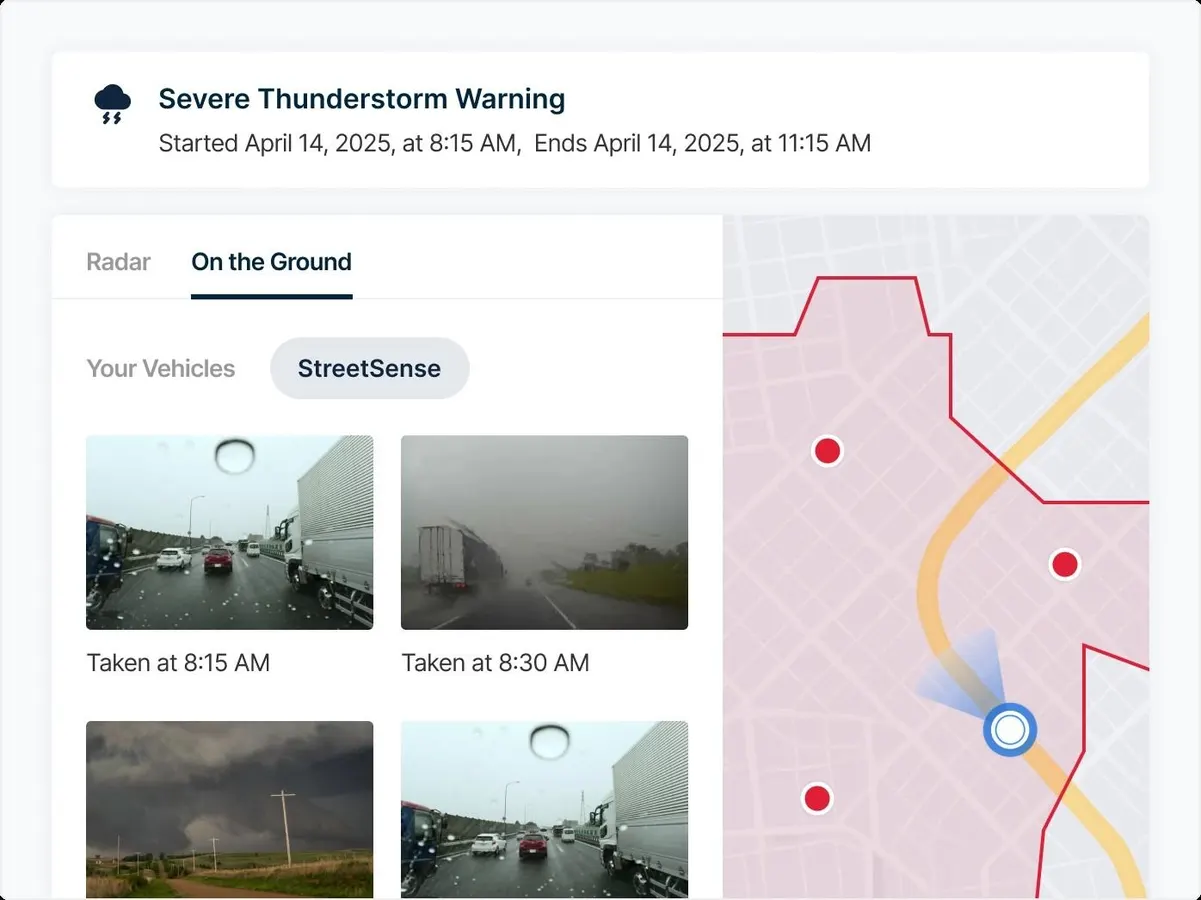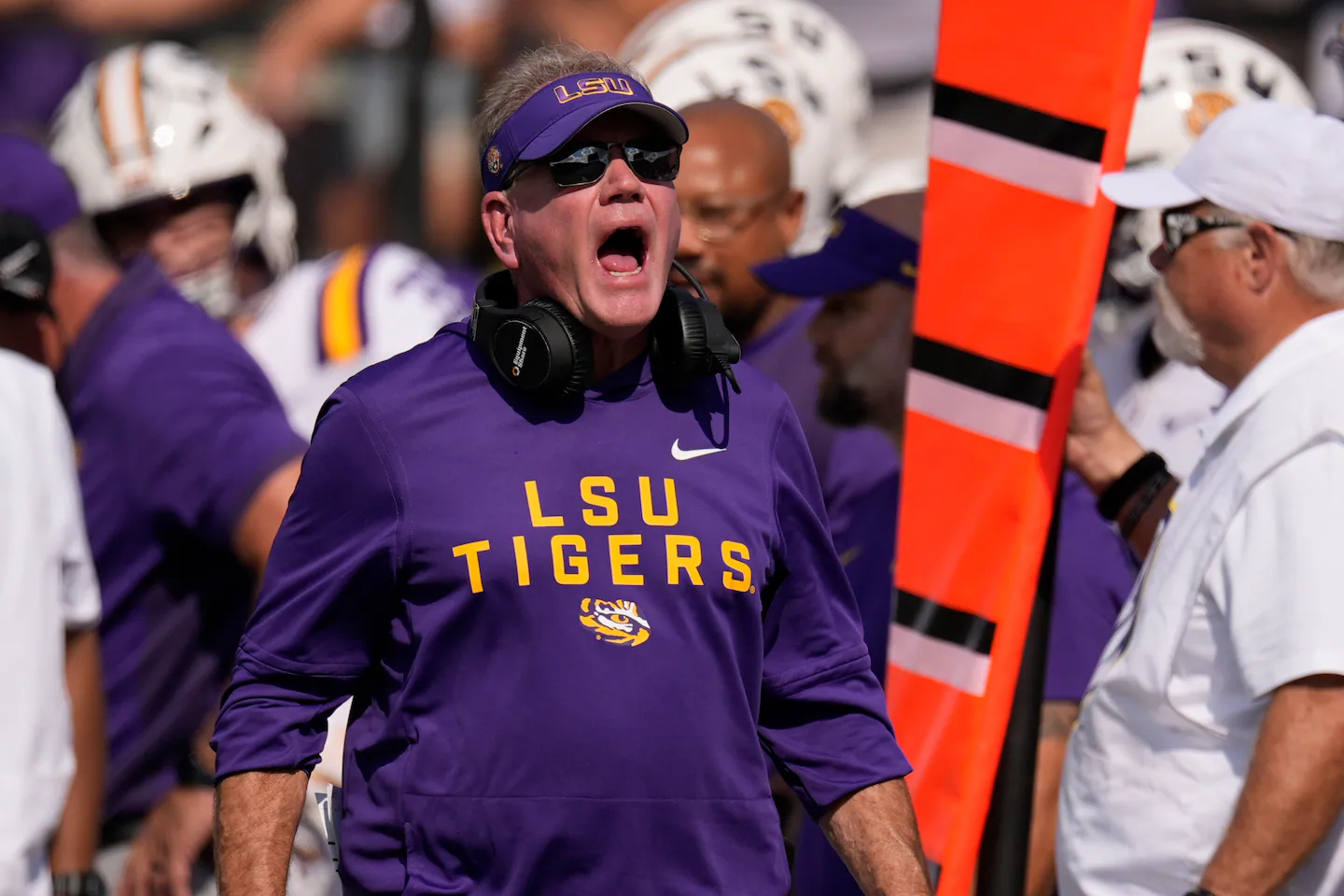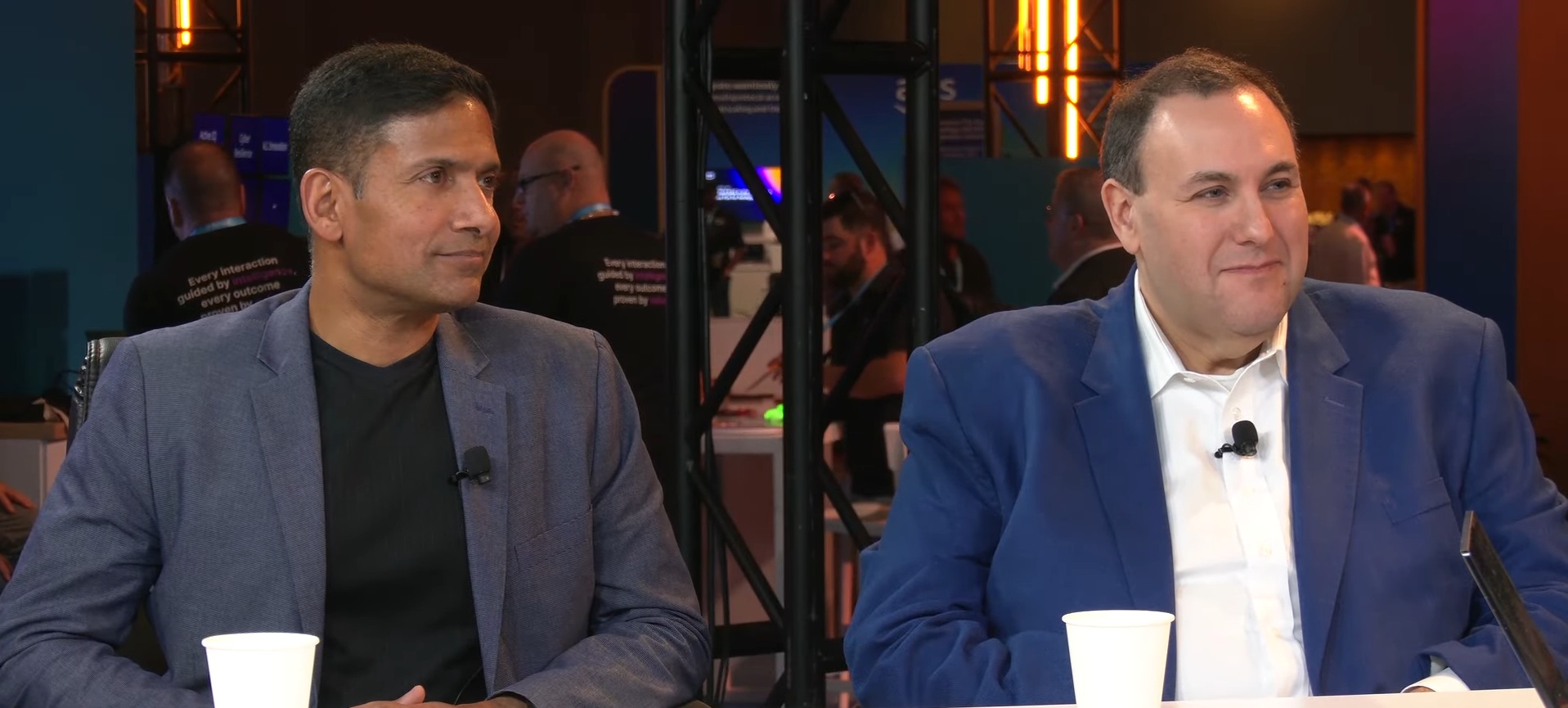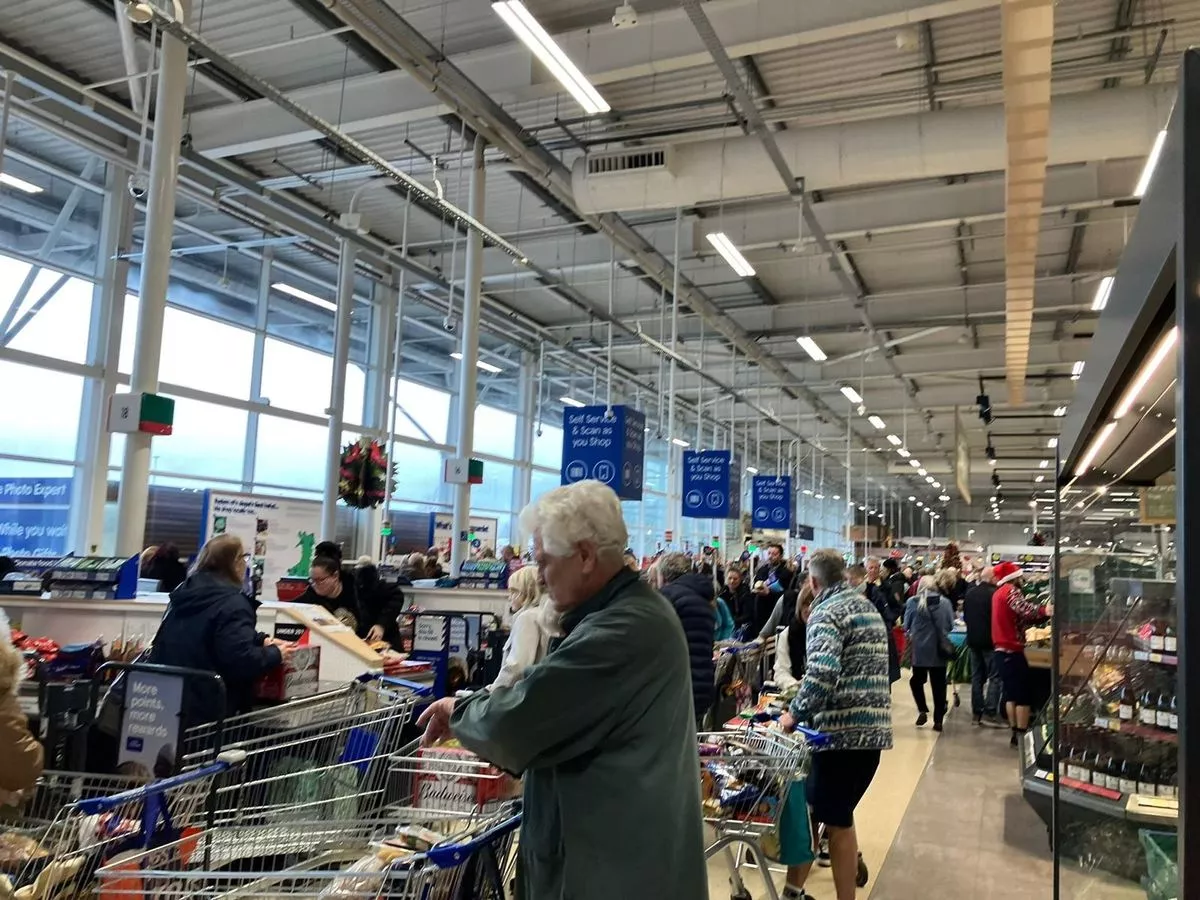Copyright forbes

Samsara's Fleet Management Solution Has New Capabilities for Monitoring Inclement Weather R.E. Garrison Trucking, a long-haul refrigerated and food-shipping company, has had good results with a fleet management solution from Samsara. The company has reduced preventable accidents by 30%, experienced an 83% drop in workers' compensation claims, achieved a 40% reduction in manual paperwork, and saved $730,000 in fuel costs year over year. R.E. Garrison Trucking, an employee-owned company, services the 48 contiguous states with 1,500 refrigerated trailers, 800 tractors, and 1,100 drivers. The company is headquartered in Vinemont, Alabama, and its main terminal is in Coleman, Alabama. But the trucking firm has other terminals in Jackson, Georgia, Dade City, Florida, and Tulsa, Oklahoma. Samsara is a public company with $1.6 billion in revenue and nearly 4,000 employees. The company serves over 20,000 customers. Their platform integrates telematics, dash cameras, and AI to monitor and improve safety, fuel efficiency, and operational efficiency. The Need for A Holistic Solution R.E. Garrison's team realized that siloed information was slowing them down. "One of the biggest issues we had was running 15 different reports to get one answer," said Tracy Rushing, executive director of safety & recruiting. "It was slow and difficult to get a holistic view of our operations." Safety was a critical operational area where the company needed real-time information. "When an incident occurred, we'd request footage but then wait 45 minutes—if we received it at all," Rushing said. T.J. Bennett, a safety supervisor at the firm, agrees with that. To analyze a safety incident, for example, he would review both the camera and tracking systems and also seek to communicate with drivers. “Just clicking a button, it could sometimes take 15 minutes to reach one of our drivers.” MORE FOR YOU Ms. Rushing added, "Overall, our safety culture was very reactive, and it was difficult to identify and coach unsafe behaviors." Mr. Bennett explained that by reducing the wait time for video footage to just a few seconds, 100% of safety incidents can be coached using video. A manager might have thought they would be coaching on how to avoid a rollover incident, but when viewing the video, you might “catch a reflection of a phone being used in a windshield instead.” With the ability to see and coach events in real time, R.E. Garrison has reduced unsafe behaviors such as mobile phone use and speeding. They have reduced harsh braking incidents by 25%. An AI-Based System I got a product demo and briefing from Kiren Sekar, Samsara's chief product officer, on how their camera safety system uses AI to detect risky driving behaviors. The system, for example, can use a dash camera pointed at the driver to detect whether the driver is using their mobile phone. The system then generates an alert to let the driver know that their mobile phone use has been detected. Fleets that implemented Samsara’s complete AI safety solution—including dual-facing AI Dash Cams, in-cab alerts, and driver coaching—achieved a 73% reduction in crash rates over 30 months. The AI system watches the videos and generates safety analytics. The safety manager might see that Mike has used their mobile phone 5 times in the last week. On two of those occasions, Mike drifted out of their lane. Mr. Sekar commented, “So this driver has got a bad habit. “Despite getting the reminders to put their phone down, they're continuing to use it.” Based on this, the safety manager may decide to click on 'needs coaching' in the system. The software can then guide the manager in coaching this driver. That is an impressive use of AI. But to decide whether an event is a “preventable” accident, more is necessary. The system must understand the context. I was shown a video of a driver slamming on his brakes. But this was not deemed dangerous on the driver's part because a police car pulled out in front of them. “This driver did everything right?” Mr. Seeker commented. “They had a green light. They're not distracted. They're paying attention. We can see here that they're doing 22 miles per hour in a 25-mile-per-hour speed limit zone. They weren't speeding. The police car turns on the sirens, the guy does the right thing here, again.” “The AI on the top right says, ‘driver brakes defensively to avoid collision with an NYPD vehicle’”. Because the system understood what was happening, a safety manager did not have to review this footage. For companies that want to reward safe driving, these features make it easier to implement safety bonus programs. Selection of Samsara Rushing and the R.E. Garrison team began looking for a solution to help them make significant improvements across their operations, particularly in safety, compliance, and efficiency. Before selecting Samsara, they tested the platform. “One of the biggest things was ease of use,” Mr. Bennett explained. “We saw how everything was much more modern-looking. Everything was quicker. I mean, you click the button on our side, and it hits the driver within seconds. There were no delays.” Further, “a lot of the things that we could do with (the system) made things easier on the drivers. We just want to make it easier for our drivers to be able to do their jobs and then get back home safely.” Based on the driver’s preferences, how long they want to spend on the road, which parts of the country they wish to serve and avoid, routing is improved. The system helps drivers comply with hours-of-service regulations while maximizing runtime by suggesting when it's best to rest. Samsara also makes it easier for drivers to access training and communication systems and receive fuel reimbursements. The trucking firm began implementing Samsara early in 2023. By August of 2023, complete integration across all vehicles and trailers had been achieved. Improving the Safety Culture Camera-based safety systems can create resistance from drivers who feel like “the man” is spying on them. At R.E. Garrison, that was not a significant issue because they already had a camera safety system from another vendor in place. One of the “hardest things,” Mr. Bennett explained, was routing everyone to one of their shops to train drivers on the new system. “Most of our drivers are OTR - over the road - so they may be going a couple of months at a time before they even come back through a shop.” Trucking firms that reward safe driving have less resistance to these kinds of systems. Drivers at R.E. Garrison get an inspection bonus based on clean inspections. The company also offers the Crown Driver Program. To be labeled a “Crown Driver,” one must have two years of safe driving. This is based on several key performance indicators: no coachable camera events, fuel mileage at or above the trucking company’s set standards, no hours-of-service violations, no roadside inspection violations or citations, no preventable accidents, and no chargeable late loads. All of that is tracked through Samsara. Drivers who achieve this are paid two cents extra per mile, they get swag – a jacket and other goods, and have their truck decorated with an oversized crown. The number of Crown drivers has been growing steadily since the program was introduced. Hitting the fuel standards is part of the criteria for a bonus. Samsara also uses AI to help drivers and managers understand a driver’s fuel performance. There is a chat interface. A manager might ask, “Why is Joe so fuel-efficient?” The system pulls Joe’s telematics and camera data and states that it is due to low engine idling, consistent driving, and no severe speeding events. Based on the new application, bonuses, and the creation of driver success teams, driver retention has improved significantly. Implementing the new platform also required a culture shift for managers. Before Samsara, one manager’s job might be tracking drivers, another’s was monitoring camera systems. The siloed systems led to a fracturing of the safety supervision function. “We were kind of broken apart,” Mr. Bennett explained. Now there are driver managers who run, in effect, their own small trucking company. Now the manager handles all safety tasks—cameras, inspections, and tracking—across a smaller set of vehicles. That saves time and keeps managers focused “on the bigger things that we needed to solve.” Weather Safety Samsara has recently added new weather tracking functionality. When accidents happen, the weather is often a factor. According to Mr. Sekar, the CPO at Samsara, one in five fatal road accidents are influenced by inclement weather. For things like hurricanes, most people would stay off the road. Not all of their clients have that option. Utilities, for example, must send workers into such storms. Mr. Garrison explains that before this app, “it was always, who's watching the TV, just watching AccuWeather on TV or the internet? Who's pulling up the searches? Who's going through all these things to find the weather?” Now, Samsara has a weather overlay that lets managers see rain, snow, sleet, etc. The manager can drill down and see which drivers are in the storm and which are heading into it. Further, instead of calling drivers one by one, the app shows all the drivers impacted. All the drivers affected by bad weather – and only those drivers - can be messaged. With a previous system, only global alerting was possible; Alerts broadcast to all drivers, even those not in the affected region. These messages can be pre-written or generated on the fly. The dash cameras have speakers. The driver might hear the system say, “There is a high wind warning in your area, seek shelter,” or “Wet roads, increase your following distance.” AI automatically translates the message into the driver’s language. The Samsara system has access to all the camera data across millions of its customers’ trucks; this data is anonymized. This allows managers to pull up the system and see weather footage even if that camera is on a different company’s truck. Mr. Bennett exclaimed, “That was the cool part for me. Hey, I'm looking at Highway 80 right now, and you can see how bent the trees are (from the wind).” Weather advisories might be issued and yet the weather on the ground can be relatively mild. One hour later, it can be a very different story. Editorial StandardsReprints & Permissions



